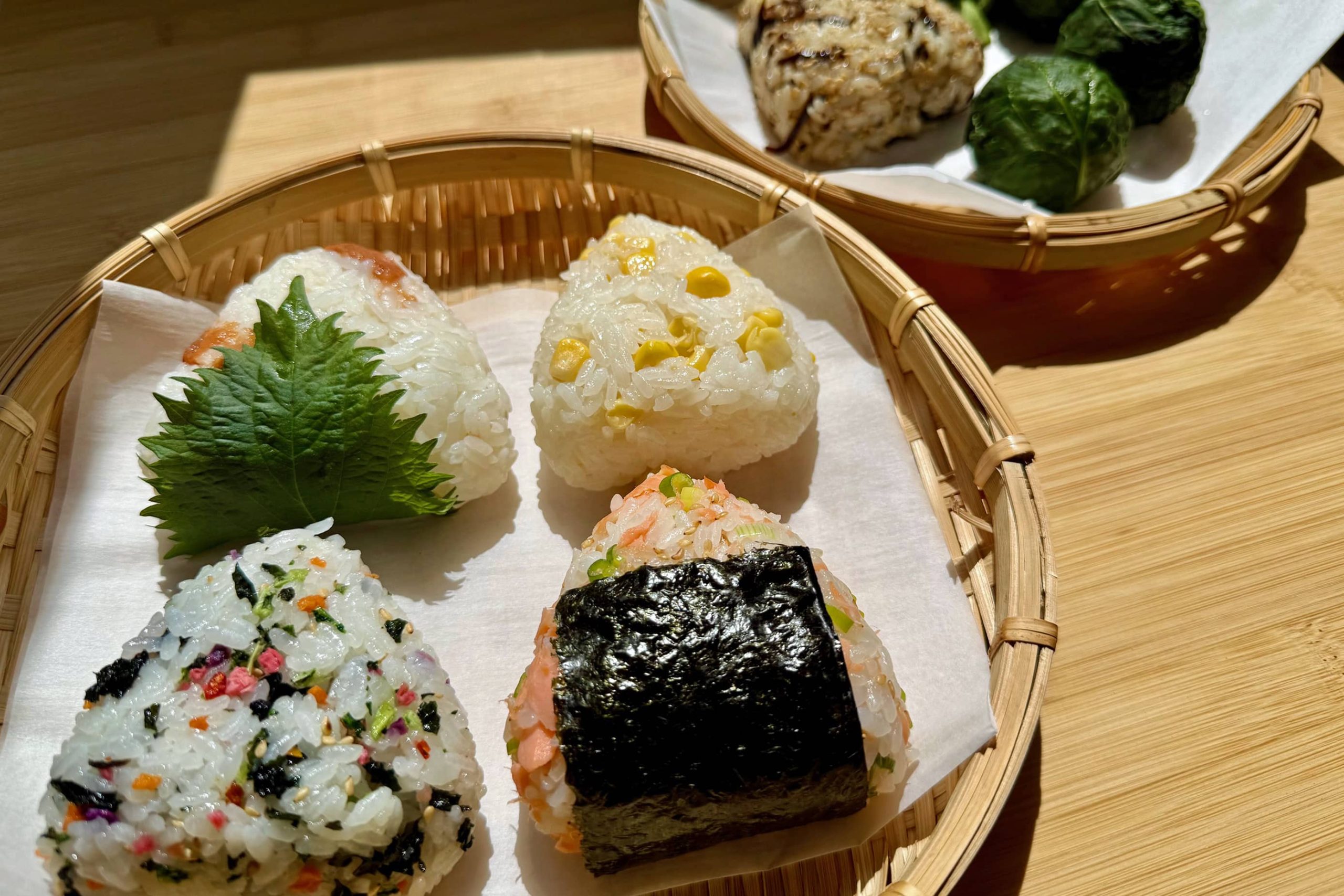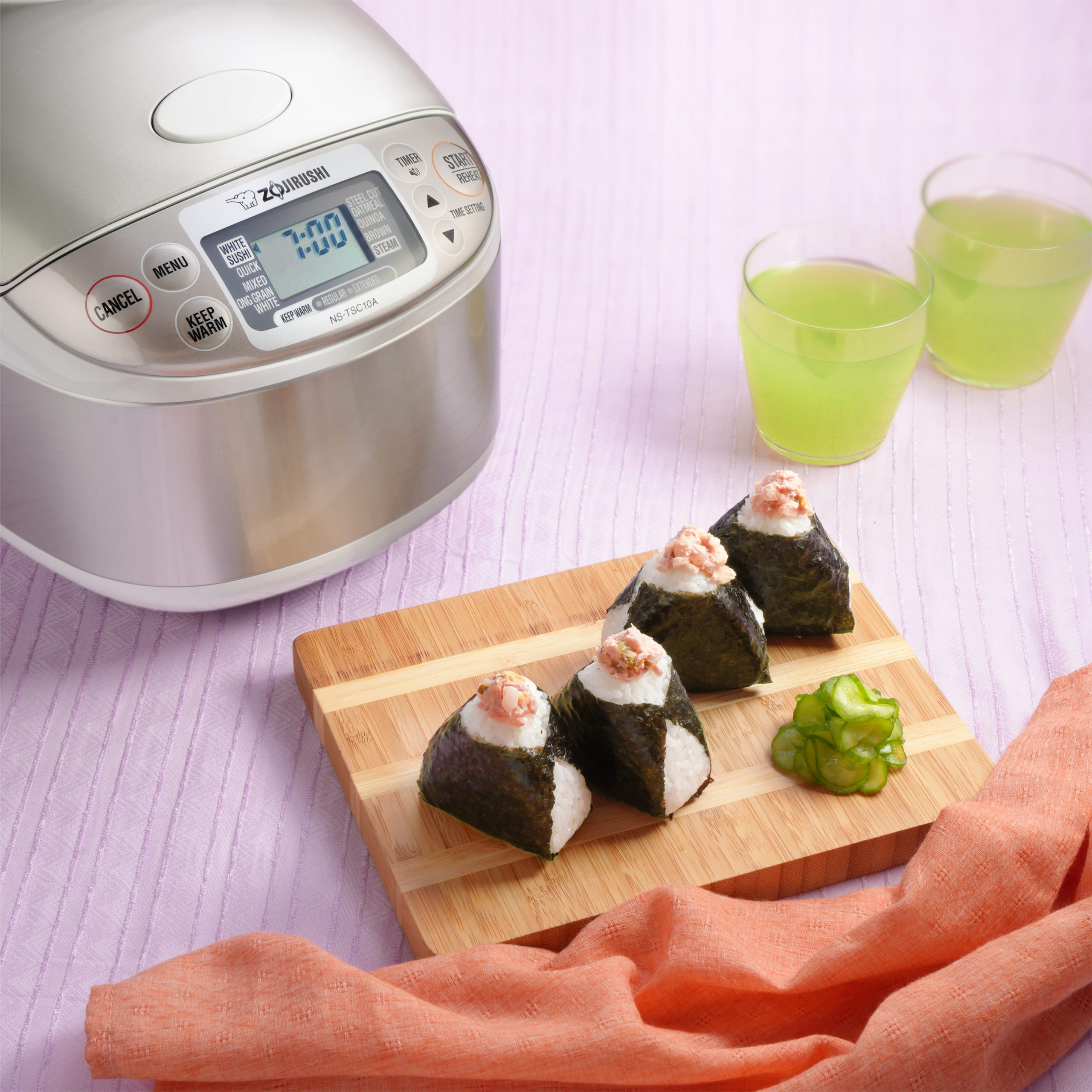Tag: onigiri

Discover the Best Onigiri Fillings and How to Make Them at Home
Read more: Discover the Best Onigiri Fillings and How to Make Them at HomeIn today’s blog, we’re introducing one of Japan’s most beloved snacks—onigiri! Enjoy the deliciousness of…
Japanese Bentos – Onigiri Fillings
Read more: Japanese Bentos – Onigiri FillingsDid you try making your own onigiri last month? Which one was your favorite recipe……
Japanese Bentos – Onigiri
Read more: Japanese Bentos – OnigiriHappy 2017, Zojirushi fans! We kick off the new year with a new series about…
Delicate Customs: Undo-Kai!
Read more: Delicate Customs: Undo-Kai!Undo-kai time is here! Every year in Japan, schools hold sports festivals showcasing their students’…

